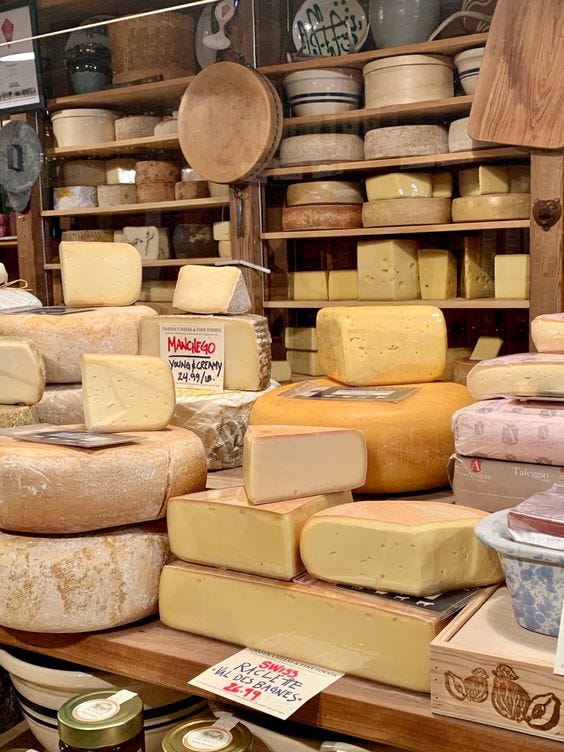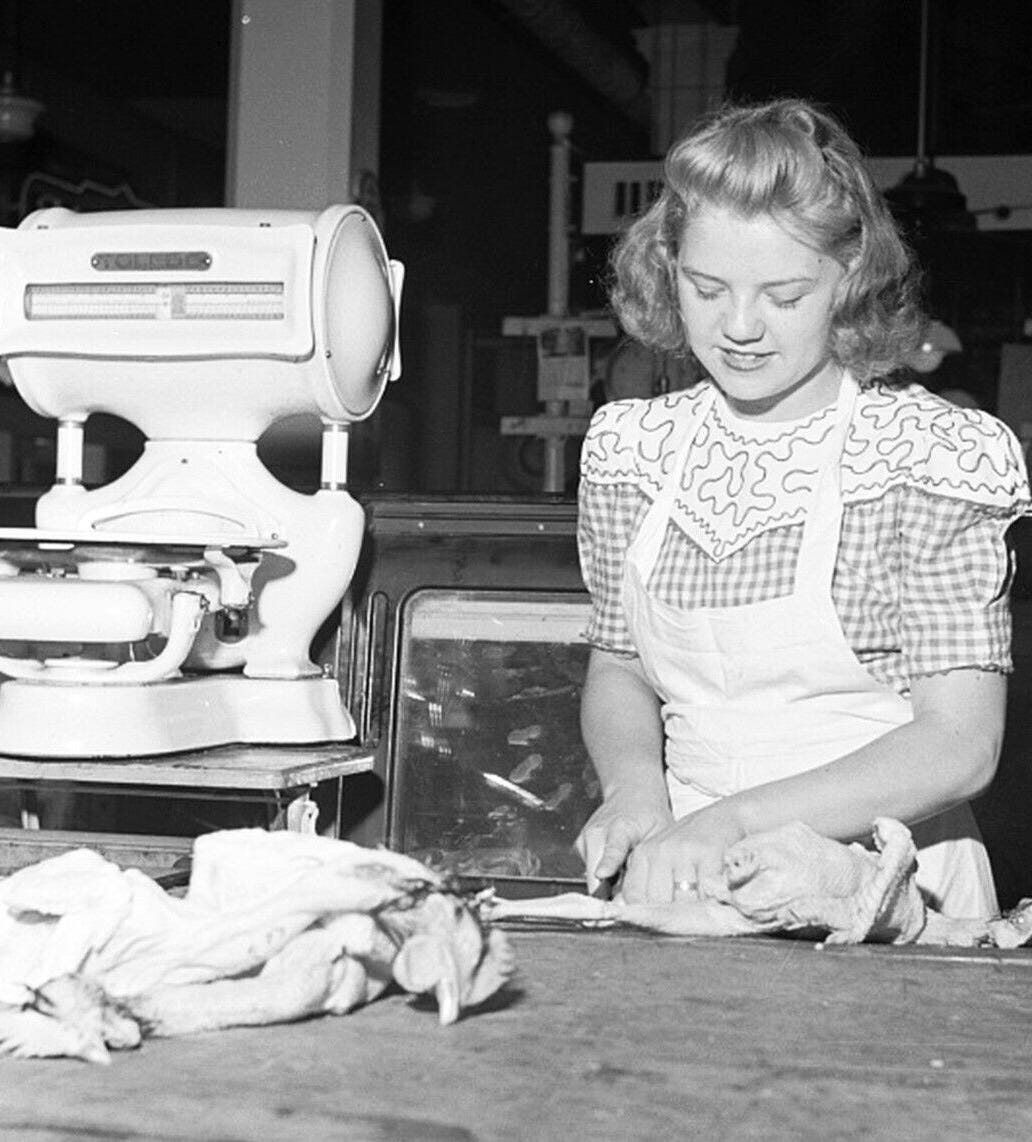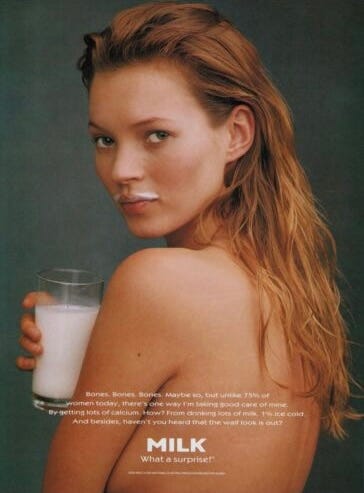The Decadent Diet, Part 1
What should you actually eat? Meat, Dairy, and Seafood Edition
When people first hear that common food is full of toxins like seed oils, pesticides, and artificial additives, they get scared.
Their stressed cry of “what the heck am I supposed to eat??” echos forlornly through comments sections across social media.
Confronted with the reality that most food is bad, these dietary novices think either
that there is no good food, or
they’ll be forced to eat cardboard-tasting “healthy alternatives”
Yet the people of Tan Land know better. They know that the healthiest diet isn’t restrictive at all; in fact, all of the highest-quality, most decadent foods on the planet are available to them:
Still, I have never made a list of such foods easily available in one place.
So, once and for all, I will set the record straight, with a list of everything you should eat, unlike my many articles covering what to avoid.
The best part is, eating these foods will be more delicious and far healthier than most popular “diets.” It’s literally the diet of a classical aristocrat, featuring the most prized foods throughout cultures across history.
Ladies and Gentlemen, I present to you The Decadent Diet.
Intro
What you should eat is simple; answering why is another story. In the interest of brevity, this list will focus on the first question.
Who knows, an entire book about this may indeed be called for…
For now, I will present this as a list of food groups in (approximate) order of importance. At the end of each group, I will provide a sample shopping list for convenience.
These groups (maybe different from what you’re used to) are:
Nutrient Dense Animal Foods
Sugar
Starch
Vegetables, Plants, and Accessories
Despite my best attempts at succinctness, this will be a multi-part series. So subscribe if you want to see the rest.
Without further ado, onto the list.
Nutrient Dense Animal Foods
When Weston Price traveled the world analyzing health-supporting indigenous diets, he found that every tribe or society prioritized at least one of the following nutrient-dense, animal-based food groups.
This is one of the most obvious arguments against veganism— every single tribe ate liberally from one or more of these groups.
Put another way, there is zero precedent for a healthy, natural, indigenous tribe avoiding animal foods in there entirety, which makes sense since these foods are the most dense in micro and macro nutrients.
These these foods should be the bulk of your diet, contributing most of your calories and nutrients.
Meat and Organs
For the average westerner, good old mammalian meat will make up the bulk of your diet. There are a few types of meat to consider:
Muscle Meat
Steaks, burgers, etc. It contains a lot of protein, and many micronutrients. It tastes the best and is most accessible.
Collagen
From connective tissue like skin and tendons. Most easily consumed in the form of bone broth, ideally made from chicken feet.
Organs
The most nutrient dense, these are also the most unpleasant tasting. Liver is a good starting place (lamb and veal liver taste the best), and testicles are pretty good too.
Fat
Not only will you get this when eating fatty cuts of meat, you can also cook with animal fat like tallow (just like how MASA Chips are made). The fat is where much of the fat-soluble nutrient content comes from.
Quality
Not all meat is created equal. Quality is important, as a sick animal makes poor meat. Here are some general rules:
Ruminant (aka grass-eating) animals are the best. Beef, bison, sheep, goats, and deer > pork > chicken
Grass eating animals should eat only grass (“100% grass fed”), and ideally live outside on pasture most of the year (“pasture raised”)
High quality chicken and pork are the hardest to find. I would buy these only from small farms where I knew the owner and could ask how they’re raised. Look for “pasture raised”, “soy free”, etc.
Processed meat, like most bacon, with its nitrates and preservatives, is best avoided. Good farms often (but not always) have good processed meat. Always check the ingredients.
Dairy
Dairy is magical. It is truly the only food, natural or artificial, that offers complete and proportionate nutrition for humans (and all mammals, for that matter).
Why? Because every mammal goes from helpless infancy to independent childhood on a milk-only diet.
The problem with milk is that it is biologically expensive to produce. Once the animal gets big enough to feed itself, the mother stops making milk.
Fortunately, humans domesticated dairy animals long ago, and this is one of the reasons that we conquered all of Eurasia, even during the end of the last ice age.
A domesticated species of portable super-food generators that eat only grass. Such a huge evolutionary benefit to any species that could pull that off.
Here are some types of dairy to focus on:
Milk
Great for drinking, baking, making desserts, etc.
Cream
For coffee, desserts, etc.
Butter
For cooking, putting on bread, etc.
Cheese
For putting on absolutely everything
Yogurt and Kefir
A good dessert or meal accessory
Eggs
Somehow, eggs are considered dairy. You should be slamming at least 3 eggs a day.

Quality Concerns
Like the other nutrient-dense foods, quality is of utmost importance for dairy.
If the foods are low quality, the nutrients will be absent, and even worse, harmful substances can contaminate them.
I would eat poor quality beef if that was all I had available, but I would not drink poor quality milk.
Some guidelines:
100% grass fed, ideally pasture raised. Same as the cows above.
Raw is best. The more pasteurization, the worse.
No additives. Grocery store dairy is full of DHA, synthetic vitamin A, D, etc. All toxic.
Full fat. Avoid skim milk or other weird things.
This is the most important thing to buy from a vetted, local farm.
Seafood
Seafood is incredibly rich in all the vitamins and minerals we need to survive.
However, it is also the most fragile—susceptible to environmental pollutants, bio-accumulation of toxins, and rapid decomposition.
That is why (surprise surprise) the only Weston Price tribes that ate them lived 1) extremely close to the water and 2) in a pristine, natural environment.
We’ll break these down into the following.
Cold water/deep sea fish
They are high in omega-3s and only found in cold climates. Salmon, cod, tuna, etc. Eat these rarely, and primarily in cold weather (i.e. winter)
Warm water fish
Snapper, mahi-mahi, grouper, etc. Found in warm waters, they are lower in omega-3s. If you’re fortunate to live near warm-water fisheries, this is what you’d go for.
Crustaceans/shellfish
Oysters, clams, crabs, etc. The pride and joy of the “raw bar”. These foods are good to indulge in on occasion when you are near the places where they are caught.
Fish Eggs/caviar
Pretty good if they come from good fish. Caviar is quite tasty. Good for pregnant women.
Quality Concerns
Seafood is tough. When it’s caught but not killed instantly, suffocation while flapping around the deck of the boat releases hormones that make the meat spoil quickly. When it’s farm raised, they feed it disgusting slop and internal food coloring. The oceans are highly polluted, and mercury bio-accumulates. It’s honestly a mess.
This will help you out:
LOCAL ONLY (or frozen on the boat). Fresh fish will go bad by the time it gets to you in the middle of Texas.
Wild caught. I don’t care how “sustainable” they are, fish farms are disgusting cramped underwater cemeteries where fish swim surrounded by their own poop and decaying bits of dead cousins.
Slaughtered without asphyxiation. No one talks about this, but letting fish suffocate to death shockingly releases hormones that make the meat bad. This is much harder to source and find, so stay tuned for more info as I learn more.
Warm water fish and live crustaceans are best. Lowest in PUFAs, usually lowest in accumulated toxins, and often not farmed. Oysters etc. are “farmed” in the sense that they are raised on purpose for harvesting, but they are not fed the same slop that other farmed fish are— they just filter feed from the water in whatever bay they come from.
tl;dr: I only eat oysters on occasion when I am at a New England restaurant that has good quality ones, and I will only eat fish if I am at some island or fishing town and the fish was caught and slaughtered that day.
If you have access to good meat and dairy, fish really is not worth the trouble.
Sample Shopping List
To make this as easy as possible, here is a very simple shopping list of example nutrient-dense animal foods that would work well for most Americans.
You could take this to the farmer’s market and Whole Foods this weekend and buy everything you need from this food group.
Keep reading with a 7-day free trial
Subscribe to Tan Land: Natural Health and Beauty to keep reading this post and get 7 days of free access to the full post archives.






